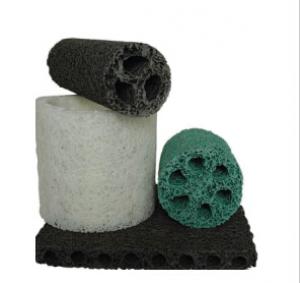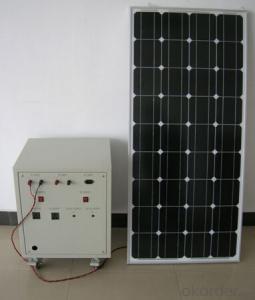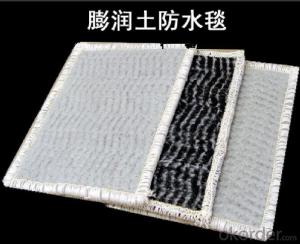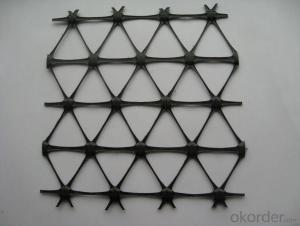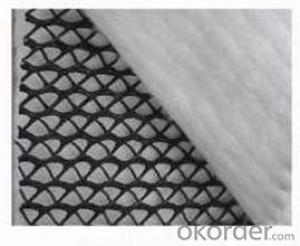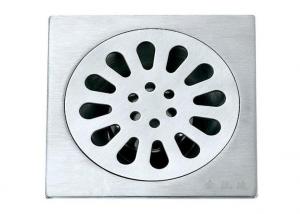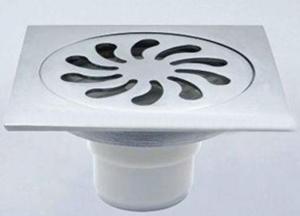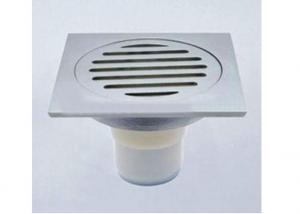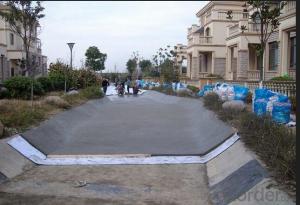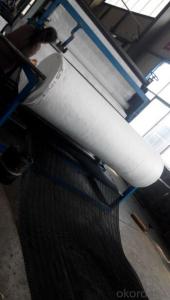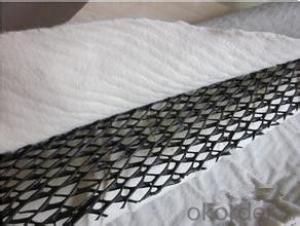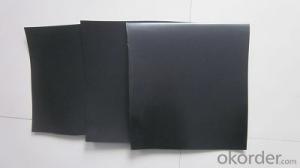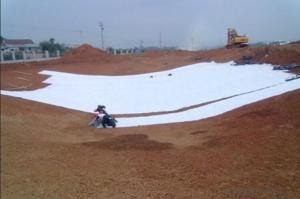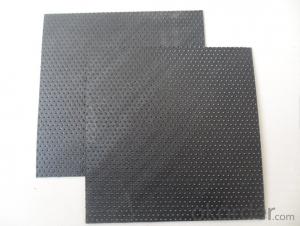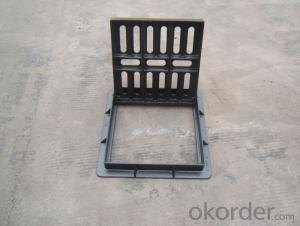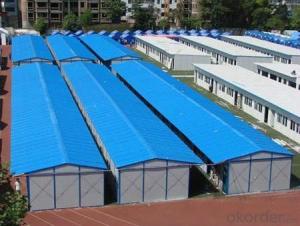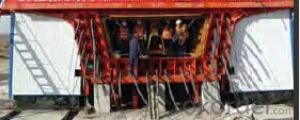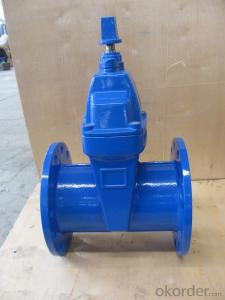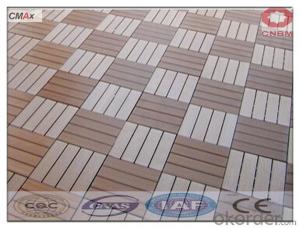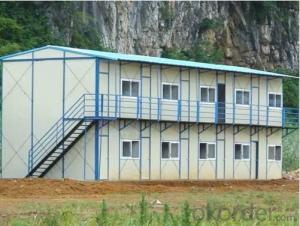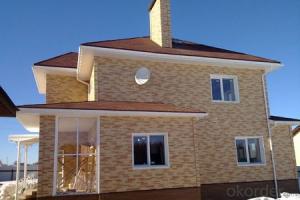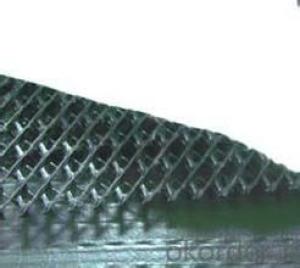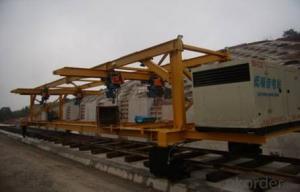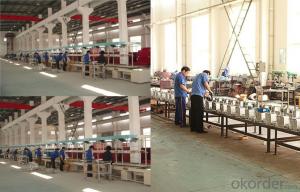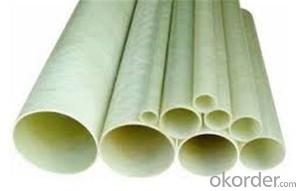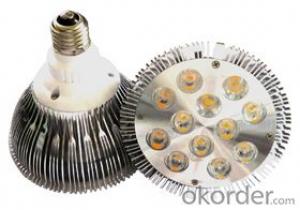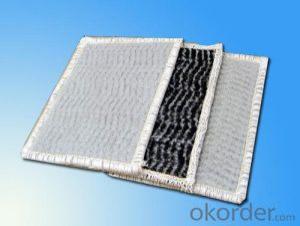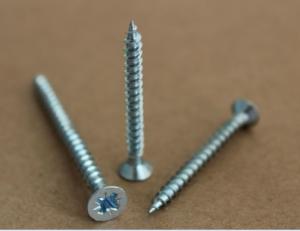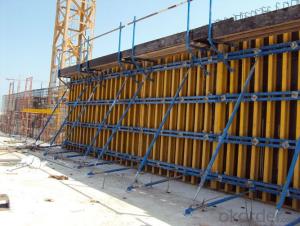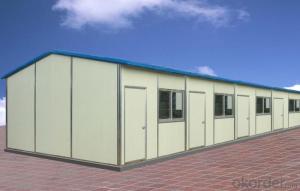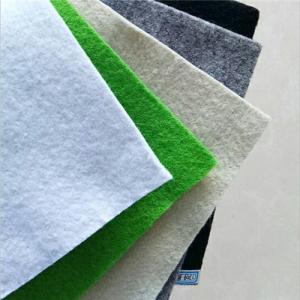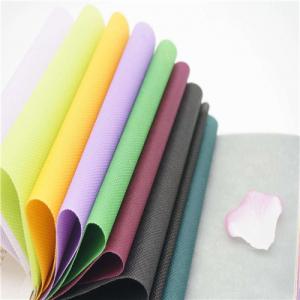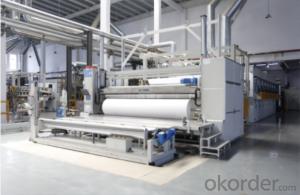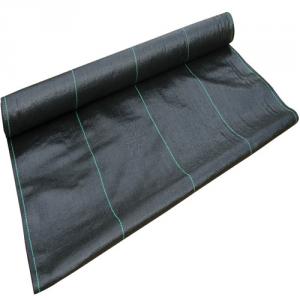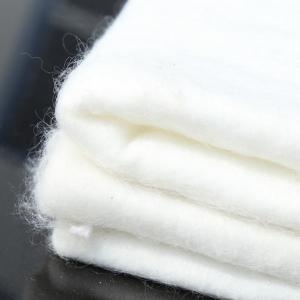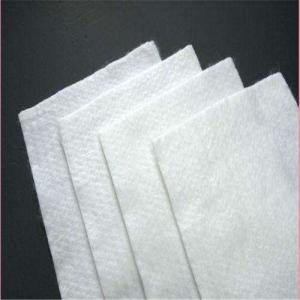Geocomposite Drain Installation
Geocomposite Drain Installation Related Searches
Geocomposite Sheet Drain Geocomposite Drainage Board Geocomposite Drainage Material Geocomposite Drainage Strip Geocomposite Drainage Mat Geocomposite Strip Drain Geocomposite Drainage Layer Cost Geocomposite Drainage Net Geomembrane Drainage Hdpe Granules IncHot Searches
Geocomposite Manufacturers Tesla Solar Roof Inverter Pool Light Installation Cost Geomembrana Home Depot 30 Year Roof Shingles Prices Tensar Geogrid Installation Wholesale Liner Hdpe Geomembrane Wholesale Hdpe Geomembrana Hdpe Geomembrane Liner Manufacturers Hdpe Liner Cost Hdpe Pond Liner Specifications Geosynthetic Clay Liner Cost Landfill Liner Cost Geocomposite ManufacturersGeocomposite Drain Installation Supplier & Manufacturer from China
Okorder.com is a professional Geocomposite Drain Installation supplier & manufacturer, offers integrated one-stop services including real-time quoting and online cargo tracking. We are funded by CNBM Group, a Fortune 500 enterprise and the largest Geocomposite Drain Installation firm in China.Hot Products
FAQ
- Yes, geotextiles are suitable for use in rain garden systems. Geotextiles help to retain and filter water, prevent soil erosion, and provide stability to the rain garden system. They also allow water to infiltrate slowly, reducing runoff and promoting better water management in rain gardens.
- When maintaining geotextiles, there are several factors to consider. Firstly, regular inspection is crucial to identify any signs of damage or wear. It is important to promptly address any issues to prevent further deterioration. Secondly, proper cleaning techniques should be employed to remove debris, sediment, and other contaminants that may accumulate on the geotextile. This can involve gentle washing or vacuuming, depending on the specific type of geotextile and its application. Additionally, it is essential to follow manufacturer guidelines and recommendations for maintenance, as different geotextiles may have varying requirements. Lastly, monitoring the effectiveness of the geotextile over time is essential to ensure that it continues to perform its intended function. This can involve assessing its stability, porosity, and filtration capabilities, among other factors.
- Geotextiles are typically installed by laying them over the desired area and securing them with stakes or pins. They can also be anchored using sandbags or rocks, depending on the specific application. The installation process may involve preparing the ground, removing any debris or vegetation, and ensuring proper alignment and overlap of the geotextile rolls.
- Geotextiles can positively impact plant growth by providing a stable environment for roots, preventing soil erosion, and promoting moisture retention. Additionally, they control weed growth, regulate soil temperatures, and enhance nutrient availability, ultimately leading to healthier and more productive plants.
- Geotextiles help with soil reinforcement in retaining walls by acting as a barrier between the soil and the backfill material. They prevent soil erosion and provide stability by distributing the pressure evenly across the wall. Additionally, geotextiles enhance the overall strength and longevity of the retaining wall system.
- Geotextiles offer several advantages in green roof design, including effective water drainage, erosion control, and protection of the roofing membrane. They also provide filtration and separation of soil layers, enhancing the overall stability and longevity of the green roof system. Additionally, geotextiles help in retaining moisture, promoting plant growth, and reducing maintenance requirements.
- Do you have a drainage board and geotextile on the roof
- Good, but you use very little, the purchase is difficult, the price will not be cheap Huazhi geotextile material manufacturers
